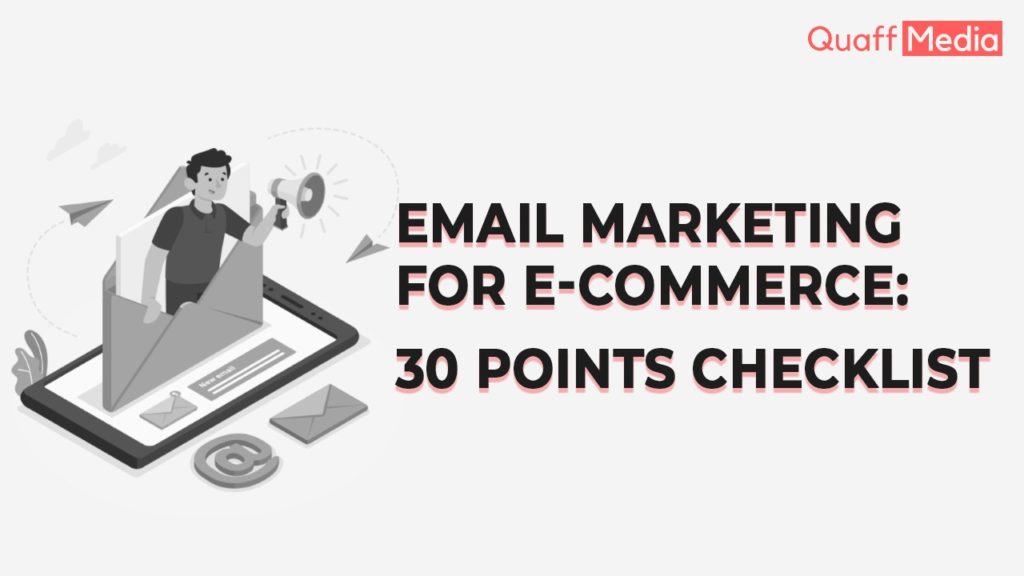Covering Your Email Service Provider Set-Up
Capturing Subscribers to Build Your Email List
Automating Welcome, Abandon & Post-Purchase
Merchandising Your Email Marketing Campaigns
Optimizing Creative: Subject Lines, CTAs & Content
Diagnosing List Health, Segmentation & Personalization
Testing Deliverability: Inbox vs. Spam + Unsubscribe Rates
Reporting on the Right Email Metrics & Accurate Tracking
Email Marketing for e-commerce: 30 points checklist
This comprehensive and practical guide will show you how to acquire new consumers, maintain existing customers, and increase their lifetime value using the power of email.
Covering Your Email Service Provider Set-Up
Has the ESP been integrated with the backend of the website?
First and foremost, have you linked your email platform and e-commerce platform together?
Our chosen email marketing programme is Klaviyo. You can see that Shopify and Facebook are enabled in the Integrations section.
Is the ESP being fed by a product catalogue?
Data feeds provide customized and dynamic content to the merchandising side of flows (also known as sequences or automation). Data streams can be adjusted to provide dynamic suggestions with additional control over what is populated, but for most firms, the default is sufficient.
Are there tracking pixels in the place to record activity?
There are two types of tracking pixels.
One, onsite events to initiate flows in response to cart abandonment, browse abandonment, and buy abandonment. Two, Klaviyo lists and segments will connect with Facebook and other ad platforms for Custom Audience Creation. If you’re using Facebook Lead Ads, this is critical.
Capturing Subscribers to Build Your Email List
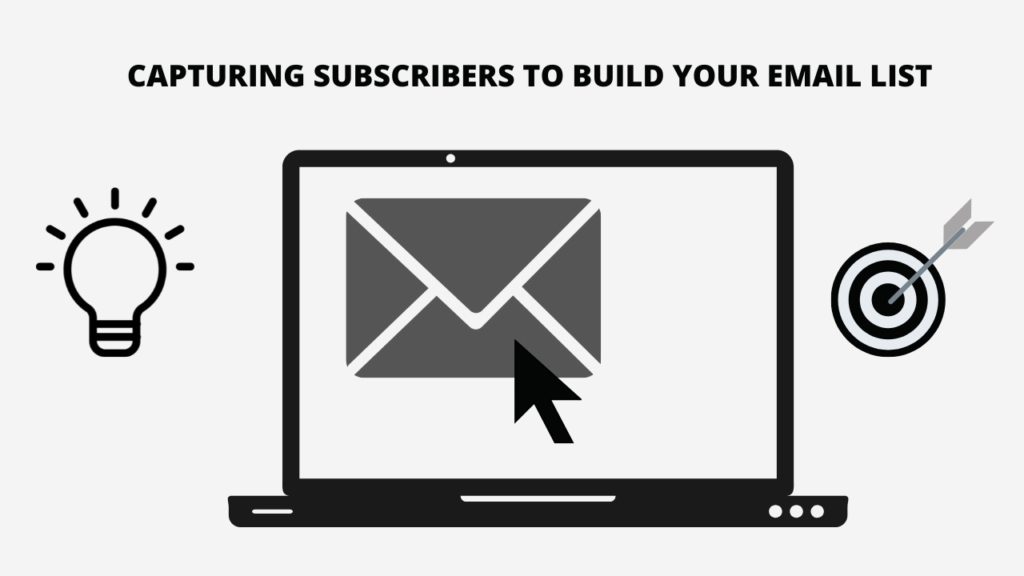
Is there an effective lead capture pop-up?
Examine onsite capture strategies from the perspective of a customer. Visit your online store in an “Incognito” window once more to notice:
- How long does it take for the pop-up to appear?
- When and where will it be shown?
- Is there a reward for signing up?
- Is the design appealing?
- Are SMS and email included in it?
There’s no need for me to check my inbox if there’s no incentive to grease the gears. I’m not expecting to know if I’ve won immediately away. Nonetheless, it’s convincing.
Are there any forms in the header or footer?
Next, we’d want to see an email capture form in the header or footer. Go through the process of subscribing with each sign-up source to see if contacts…
- Make your way to the ESP.
- Get started with the welcome series.
- Add yourself to lists or segments that are relevant to you.
Is it necessary to sign up at the time of purchase? Is marketing pre-checked whether that's the case?
The more ways you provide your customers to interact with your business via their preferred channels, the better.
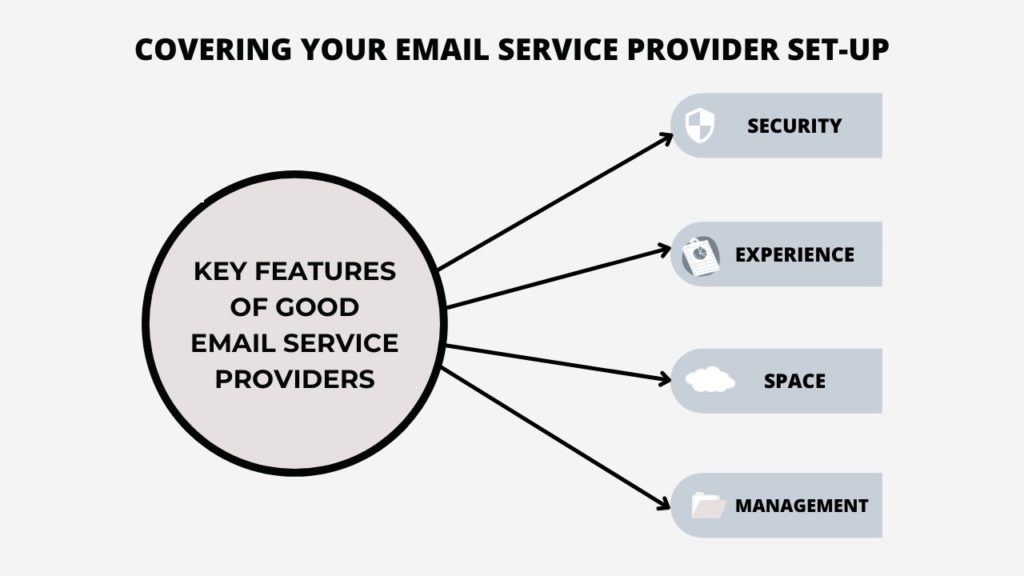
Welcome, Abandon, and Post-Purchase Automation
Welcome Email Series
One of your top revenue-generating flows is likely to be a welcome series. A good series will welcome new subscribers, educate them about your company, and encourage them to make their first purchase.
Is there an engaging welcome series in place to entice first-time buyers?
How long does it take for the initial message to go out?
There is no time delay between the first and second messages. Sending an email as soon as a person signs up reduces anxiety and boost conversions.
How many emails are currently in the queue?
Sixth, we propose starting with the three to five emails and measuring engagement throughout to see if they should be rotated, added, or withdrawn. With a 45 percent open rate and a 7% click-through rate, this one is off to a good start. By the last message, we had a 20% open rate and a 2% click rate.
Rather than a highly tailored flow, we’d expect these engagement rates from batch marketing. This indicates that the messages farther down should be subject line tested, creatively refreshed, or simply cut to shift the subscriber into more timely campaigns.
Is there a deal on the table? If that’s the case, what is it?
No, it starts with “Thanks For Stopping By,” which is a bummer. The founder has written a wonderful note. The wallet gift isn’t mentioned in the initial touch, and there’s no need to convert right now.
Is the series highlighting the brand’s USP and product range?
The rest of the flow tells the product’s story, history, and what makes it unique. The most lucrative potential is merchandising. All of the “Shop Now” CTAs take you to a collection page. That signifies the customer is a few clicks away from adding an item to their cart. And there are still more clicks to go. preventing you from making a transaction. Rather than being broad…
Is it possible for subscribers to receive marketing messages while they’re in this flow?
The acts that qualify or reject a subscriber are controlled by flow filters. “Placed Order” is the most important filter for a welcome sequence. Remove a potential consumer from your welcome flow as soon as they become a paying customer.
Consider how and when you should exclude subscribers from ad-hoc promotions, such as seasonal events, sales, and new product launches. Smart Sending sets a limit on how many emails a recipient receives in a specific period. Personalized communications based on historical behaviour convert considerably better than one-size-fits-all messages, excluding critical instances.
Automating Welcome, Abandon & Post-Purchase
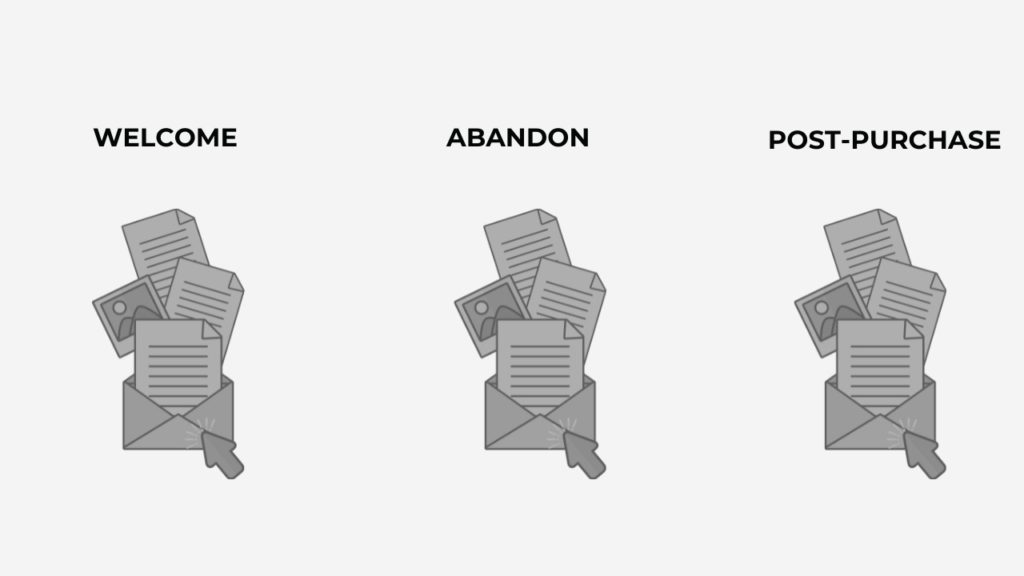
Are potential customers being retargeted through the cart and browse recovery?
Abandonment emails serve a single purpose: to entice customers to return to their carts and convert.
How long does it take for the initial message to go out?
One hour? Great! To lure buyers back to your online business while the product is still fresh in their minds, give them one to two hours. And before they may buy a similar product from one of your competitors.
What is the total number of emails in the flow(s)?
Five messages is a lot for a cart flow, and you can irritate someone if they decide the product isn’t suited for them. Three emails are usually plenty to address the reasons they should convert: product quality, scarcity, and ease of returns, for example.
When it comes to determining the window for email remarketing, it’s a little different than when it comes to paid social remarketing. To prevent overspending on contacts who are unlikely to convert, you would alter your window on social media depending on the Time Lag from Google Analytics.
Because retargeting via email is much less expensive, you can rely on engagement metrics within the flow to determine how often and for how long you should try to reclaim those carts.
Is the content of the item(s) dynamic in the emails?
Yes, and they’re a one-for-one deal.
Is there a deal on the table? If that’s the case, what is it?
Yes, with dynamic content, each email in the sequence drives shoppers back to their cart. Even better, discounts are only available in the final two emails:
Most people only need a small shove to return and convert. Providing a discount too soon could result in you slashing your margins unnecessarily. Begin with a reminder and put off discounting until later. If you don’t have to, you don’t want to forgo profit.
Post-Purchase Email Series
Post-purchase emails increase client lifetime value by driving repeat orders, improving retention, and increasing customer lifetime value (CLV). A post-buy sequence should thank customers, assist them in getting the most out of the product, and encourage a second purchase via cross-selling or a bounceback offer.
Is there a post-purchase series that can help you increase your LTV?
How long does it take for the initial message to go out?
Notifications for recurrent purchases fire instantly when branching logic is used early in the flow; messages for first-time buyers are delayed by one hour.
What is the number of emails (or SMS messages) in the queue?
The flow varies by customer type, from one email for repeat customers to eight emails for first-timers who specified the purchase was for themselves. Avoid overcommunicating with your repeat customers to show that you value their business. However, don’t overlook positive feedback or referrals from clients who have expressed interest in your product.
Are the purchased item(s) dynamically displayed?
No, however employing a post-purchase flow to remind users what they ordered and provide care instructions can help provide a great customer experience.
Is there any anticipation for the next delivery?
The first email includes a personal note from the founder, cementing the brand’s genesis story. Affinity and loyalty can be increased by making your customers feel like they’re a part of something worthwhile. However, rather than the story behind or recommendations on how to use the thing ordered, the flow pivots to different products from there.
Does it explain how to use items to get the most enjoyment out of them?
No, because the series doesn’t branch based on the goods purchased, serving individualized emails that speak to caring is challenging. This type of information goes a long way toward forming bonds. It demonstrates a genuine desire to assist customers in getting the most out of the product and guaranteeing its longevity.
Is it looking for input in the form of an NPS, a review request, or something else?
A simple note asking for feedback can assist to increase the number of reviews.
Is there a distinction between first-time and recurring customers?
Yes! New customers should receive different messaging than repeat customers. Beginners require instruction in the form of how-to content. Customers who return should be compensated — or at the very least acknowledged — for their dedication.
Is there a deal on the table? If that’s the case, what is it?
First-time buyers receive free monogramming, regardless of whether the item was purchased for themselves or as a present. Because monogrammed items cannot be returned, this offer may not be appealing to a wide range of people. A simple incentive like a percentage off, a dollar off, or a gift with purchase might be used to affirm the proper strategy.
Are our customers encouraged to write a review, refer a friend, or otherwise act as brand ambassadors?
No, only one message is sent to repeat consumers. To encourage new customer acquisition, take advantage of loyalty by expressly soliciting reviews or through referrals.
Merchandising Your Newsletters & Email Marketing Campaigns
Individual campaigns deliver timely communications to a large number of people. Major sales, new launches, and seasonal storylines are all examples of this.
You can see a long list of emails that have been sent when you go to the Campaigns page.
How often do broadcast campaigns get on the air?
Is the messaging frequency appropriate for the brand and product line? Is it reliable?
Both yes and no. When determining whether your email should go to the inbox or the spam bin, Internet service providers consider not only your reputation and authentication but also the peaks and valleys in your send volume.
Unless you have compelling reasons to send more, a weekly cadence of two or three emails provides subscribers with regularity and assures that your communications are received. Is there a good mix of messaging on the marketing calendar?
Is there a good balance between promotional emails, new product launches, and content-driven, story-driven messages?
Yes and no, once again. The benefits of its flagship wallets are beautifully illustrated on the product pages. Similarly, behind the scenes, there is a wealth of information on the Limited Edition collections.
In its ongoing campaigns, all of this remains untapped:
Sell stories, not products. When it comes to deciding which businesses to support, a whopping 86 percent of customers feel authenticity is a crucial factor.
Spending all of your time promoting products or discounts while neglecting to communicate your how and why… will leave your customers feeling disconnected, which is a recipe for disaster when it comes to developing a strong foundation of recurring customers.
Is it possible to merchandise emails effectively?
Is it possible to buy the emails? Is it simple to return to the site’s relevant pages using the links? Are there any CTA buttons on the page?
Yes. Though, predictably, there is potential for improvement.
Are the emails free of errors?
Yes, proofreading your emails is, undoubtedly, the least interesting part of the entire process. You can’t get them back once they’ve gone out. A quality assurance (QA) checklist can save you a lot of time and trouble. To review, send a test to your desktop and mobile devices…
- Check for errors in spelling and grammar.
- Links to the proper landing pages
- Image “alt text” monitoring with UTM settings for accuracy
- Coupon codes for convenience
- Check out the featured products to see if they’re still available.
- Disclaimers and deadlines are spelled out in fine print.
Optimizing Creative: Subject Lines, CTAs & Content
Do the subject lines and preheaders entice readers to open the email?
- Does the subject pique the reader’s interest?
- Is personalization used when it’s appropriate?
- Is there a connection between the subject and the preheader?
- Is the message preview in your inbox accurate?
- Sure, it’s email marketing 101 (and I promised we wouldn’t go over that). I’ll make an exception in this case. There’s a reason for this: subject lines have a significant impact on performance.
Subjectively, using the list above, and objectively, using open rates, review your subject lines.
Do the content, copy, and CTA encourage people to click?
- Is the artwork engaging and consistent with the brand?
- Is there a messaging hierarchy that works?
- Are there any call-to-actions (CTAs) throughout?
- Do the layouts differ from one send to the next?
Make engaging creative
Keep effective messaging hierarchy
Keep the CTA throughout
Infuse different layouts and templates
Is dynamic content being utilized to make personalization more effective?
To seamlessly layer personalization into campaigns and flows without manual effort, dynamic content should be a major concern. If you’re running a promotional campaign targeted at a specific geographic area, for example, you can write a single email and utilize dynamic blocks to hide or show promo material based on geography.
Do the emails look good on a desktop, mobile device, or in dark mode?
Yes, I’m using a variety of tools. If you don’t have access to a preview tool, you can imitate it by double-checking a few critical items across your devices. Send yourself a live test message and open it on a laptop, tablet, and phone. Check that the graphics scale correctly and that the message is readable in dark mode.
Your emails have to load quickly no matter the device, indicating appropriately sized images. Subscribers have a short attention span and will sooner trash your email than wait around for it to load.
Is there a lag in load time?
Your emails have to load quickly no matter the device, indicating appropriately sized images. Subscribers have a short attention span and will sooner trash your email than wait around for it to load.
List Health, Segmentation, and Personalization Diagnosis
Scaling your email list is essential for generating healthy revenue from your programme, but don’t get caught up in the vanity of having a large subscriber base. Quality takes precedence over quantity.
You’re not only wasting money on platform costs by mailing to inactive contacts, but you’re also putting your entire programme at risk if you don’t maintain good list hygiene. ISPs can determine if you’re not using good sender practices if your engagement is consistently poor.
What is the current number of active contacts?
The engagement reports will show you where you need to tighten the window. Contacts who aren’t engaged harm performance and delivery. Establish four additional segments using that segment as a baseline:
- Prospects
- One-timers
- Buyers who have made two purchases
- Customers who are loyal to you (three or more purchases)
To convert prospects into customers, a more effective onboarding process is required in this situation. We use a post-purchase flow, win-back promotions, and other loyalty activities to accelerate recurring purchases.
Is the rate of new contact acquisition outperforming the rate of churn?
Yes, the audience is rising over time, as evidenced by delivered counts. Compare list size to new contacts added month over month to get a clearer idea of how growth is pacing versus churn. Keep an eye out for two major culprits: high unsubscribe rates and people who abandon their accounts due to a lack of engagement.
Are there any engagement parameters?
Yes, most campaigns qualify based on the most recent involvement. Avoid using static lists where persons can retire or cease to open without being removed.
Is segmentation being used to its full potential?
Are engagement, buying behaviour, demographics, first-party data, and other factors are taken into consideration?
That isn’t always a bad thing. It’s simply a sign that personalized experiences aren’t being taken advantage of to their full potential – whether that means tailoring based on customer status, demographic data, or purchase history. Don’t be intimidated by segmentation…
Instead, make test segments based on your major email list to figure out:
- How many people on the active list have bought something?
- When compared to buying something once, how often do they repurchase?
- What product categories are repurchased?
- How many people have signed up for your loyalty programme?
- How many have recently failed to open? Have you clicked recently?
Layer in segmented personalization using dynamic information based on your responses, such as giving product recommendations or displaying loyalty points or tiers. Take it a step further by customizing communications for certain audiences or modifying your mailing tactics to match message frequency to a subscriber’s degree of interaction.
Testing Deliverability: Inbox vs. Spam + Unsubscribe Rates
Maintaining a respectable unsubscribe rate is only one aspect of deliverability. Some contacts will not take the time to unsubscribe and will instead remain on your list without engaging, putting your programme at risk of deliverability concerns – even among your most engaged users.
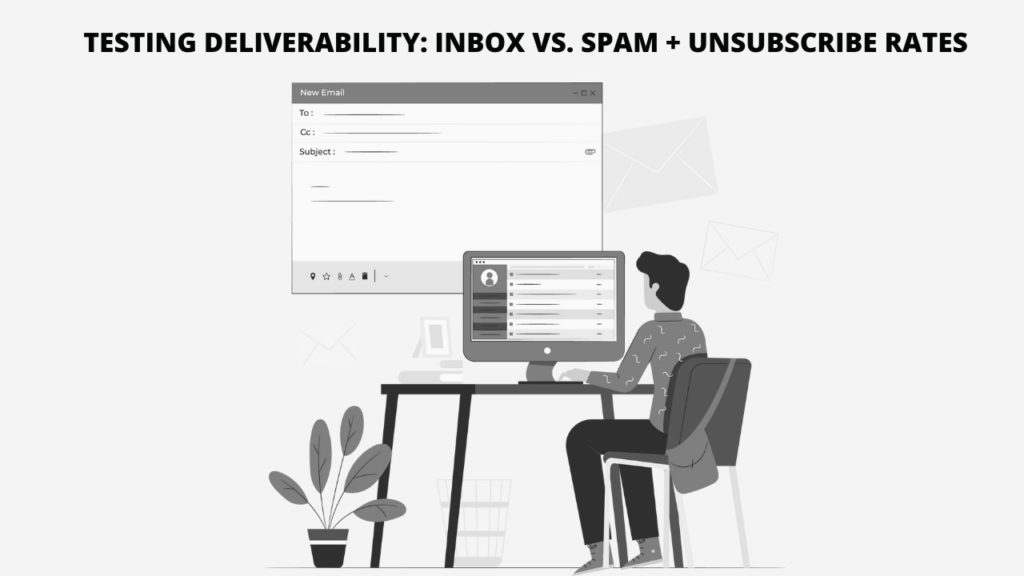
Are emails being delivered to the inbox or the spam folder?
Inbox; at least for me.
Is it healthy to have unsubscribers and spam complaints?
They are, happily!
Unsubscribe rates are steadily decreasing per email type, showing that users are satisfied with the quantity and content of messages. Aim for a half-percentage point or less for your account. With flows accounting for a larger percentage of opt-outs, it’s worth looking into what’s causing them to see if any difficulties are causing subscribers to unsubscribe.
On the other side, spam complaints are on the rise. Anything over.1% is the reason for worry and should be studied further.
Is it possible to send emails from a specialized sub-domain?
Any problems with their marketing emails (spam complaints, blacklists, etc.) could have an impact on their capacity to send and receive emails internally or for transactional purposes.
What is the best practice? Obtain a dedicated subdomain for marketing emails.
Reporting on the Right Email Metrics & Accurate Tracking
Are all links using proper UTM parameters?
We strongly advise brands to use this functionality (which may be adjusted to match your specific needs) to track in Google Analytics. Using consistent last-click attribution models allows for a clearer understanding of email’s impact on traffic, revenue, and conversions.
Is the ESP keeping track of conversion rate and revenue?
They are; if your Shopify integration is properly configured, conversion and revenue tracking will occur immediately.
Are your KPIs (opens, clicks, and conversions) in a good place?
It’s simple for brands to compare their results to those of their peers in the same industry. Using several benchmarks to compare engagement KPIs can help you find and prioritize areas for development.
What percentage of your site's revenue comes from email marketing?
Email currently accounts for 13% of total site revenue, showing that there are many chances to grow the programme to a healthier percentage of 25-30% per month.
BONUS: SMS Marketing That’s Essential and Intimate
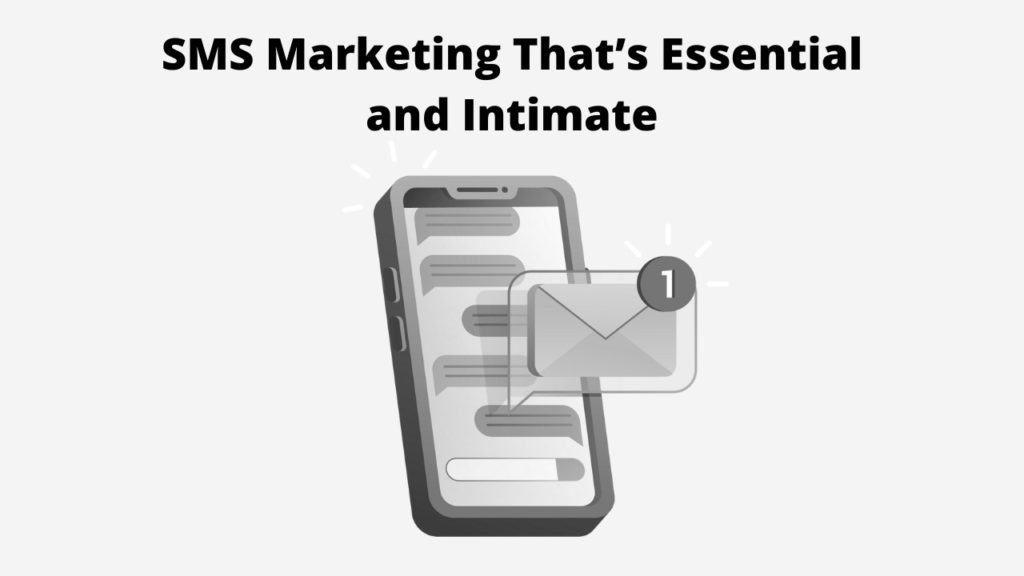
Is text message used? If this is the case… Do you have your welcome texts in place and optimized? Have you have your abandonment texts in place and optimized? How successful, beneficial, and respectful are broadcast texts?
An SMS audit is similar to an email audit in that it checks to see if the site has good capture methods, that key processes are live and optimized, and that broadcast campaigns are being used efficiently and politely.
Because SMS is a more intimate communication channel, there is a reduced tolerance for frequent communication.
Send one to two monthly broadcast campaigns, segmenting as much as possible and only pinging your customers when it’s necessary. When SMS notifications are used excessively or incorrectly, they can rapidly become obtrusive.
If your consumers are like me, they sleep with their phones next to them at night. It is critical to adhere to a set of quiet hours. Do not send SMS messages between the hours of 9:00 p.m. and 9:00 a.m. in the recipient’s time zone.
Aside from timing and cadence, email and SMS should work together effortlessly in a way that takes advantage of each channel’s strengths.
SMS shines when it comes to sending short, fast, and urgent communications. For example, in a cart abandonment flow to alert a subscriber that their cart is going to expire, or in a large sale early access flow.
In comparison, email marketing is far more effective for visual and longer-form storytelling.
In any case, double-check that you aren’t delivering the identical message by SMS and email at the same time. You’ll likely have subscribers that interact with your brand on both platforms. Don’t repeat efforts or send out the same word to everyone at the same time.
Prioritizing Your Ecommerce Email Marketing Strategy
Hopefully, this blog has gotten you well on your way to a thorough examination.
Now, if you’re serious about email marketing, get started on the process.

